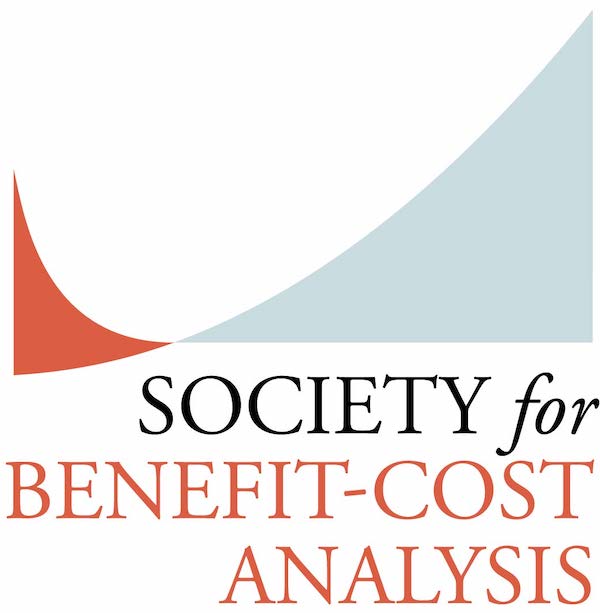Nudges are all the rage in behavioral economics and public policy applications around the world because of their potential for doing good at little or no cost. Economists, including Kip Viscusi (2018), have begun examining previously unexplored sides of nudges including some involving energy consumption. An often employed nudge in the area of conserving energy and reducing pollution is the home energy report, where after a home energy survey a household receives a message, usually monthly, that compares its energy use to that of neighbors and suggests ways to reduce electric or gas use and, in turn, its carbon footprint. Each month the consuming unit can also see how its energy use compares to its own past usage too. The subtleties of the benefits of home energy surveys and home energy reports is the subject of a recent article, "Differential and Distributional Effects of Energy Efficiency Surveys: Evidence from Electricity Consumption," available open access at the Journal of Benefit-Cost Analysis.
Nobel Laureate in Economic Sciences, Sir Angus Deaton (2018), has emphasized the importance of moving beyond only the mean differences revealed in the “gold standard” random controlled trials and recommended other statistical setups to consider effect heterogeneity including intervention distribution effects, such as how the treatment effect differs by predicted outcome quantile. The particular intervention my co-author, Dr. Galib Rustamov, and I investigated involves about 4200 customers of an Investor Owned Utility in California who voluntarily participated in a Home Energy Effectiveness Survey in January 2009 and January 2010. In addition to energy use the survey contained more than 130 questions, including household size, income, house size, and energy using/saving behavior and appliances. The comparison group contained customers who did not participate in the surveys then but would voluntarily participate in subsequent years. Our estimation procedures included quantile difference-in-differences propensity score matching regressions of two years of monthly energy consumption.
